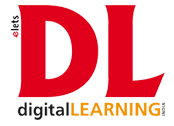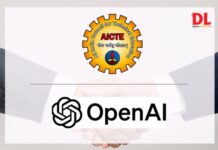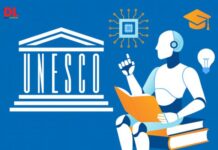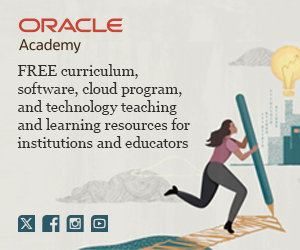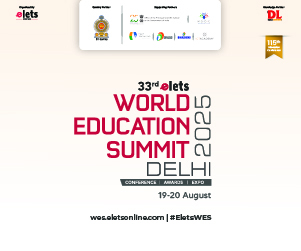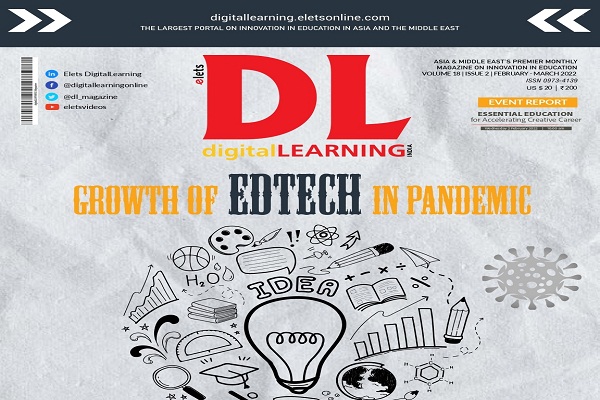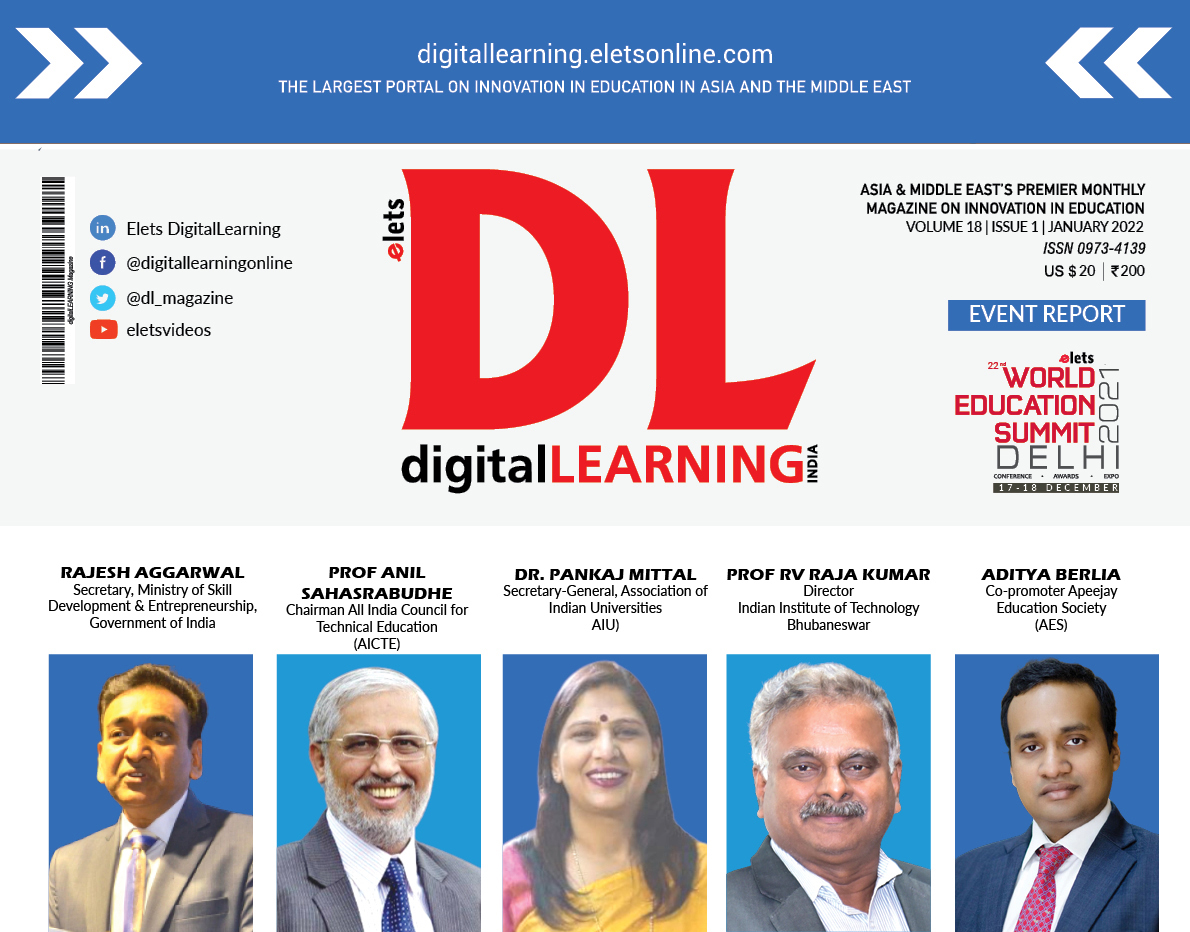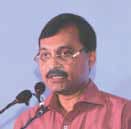
N K Sinha,
Additional Secretary (TEL), Technical Education, Department of Secondary & Higher
The huge information gap between the employers and students needs to be bridged
We are deliberating on excellence, inclusion and outreach to arrive at strategies for steering the education sector. But what other improvements can we make once the targets related to Gross Enrolment Ratio (GER) are achieved?
The fact is that unless quality of the higher education is enhanced, gains from higher GER will be rather limited. So how do we tackle these problems?
In 2009, a sum of one billion dollars was sanctioned for the National Mission on Education through ICT. The aim of the mission was to look at those who cannot be a part of the inclusion even through the digital resource.
Low cost access to devices is given to students who lack the financial resources for procuring them on their own. The government of India also has something similar to Coursera that many of us have not even heard of. The National Program on Technology Enhance and Learning (NPTEL) has 1, 200 semester courses across various engineering disciplines. Professors from Indian Institute of Technology and Indian Institute of Science and various other engineering colleges have developed the content. We have been doing our silent contribution using Indian tax payers’ money. SHAKSHAT portals are providing free educational content to everyone.
The cardinal principle of National Mission on Education through ICT is to provide free content to every learner and to see that Indian talent does not go waste. To ensure efficient learning, we strive to integrate efficient pedagogy and outcome-based learning into the contents.
We want to give our students (in higher education domain) a plethora of choices of learning various subject modules. We need to motivate them through continuous evaluation. Once talent has been identified in a particular area, the students have to be handed over to special mentor groups for further training.

